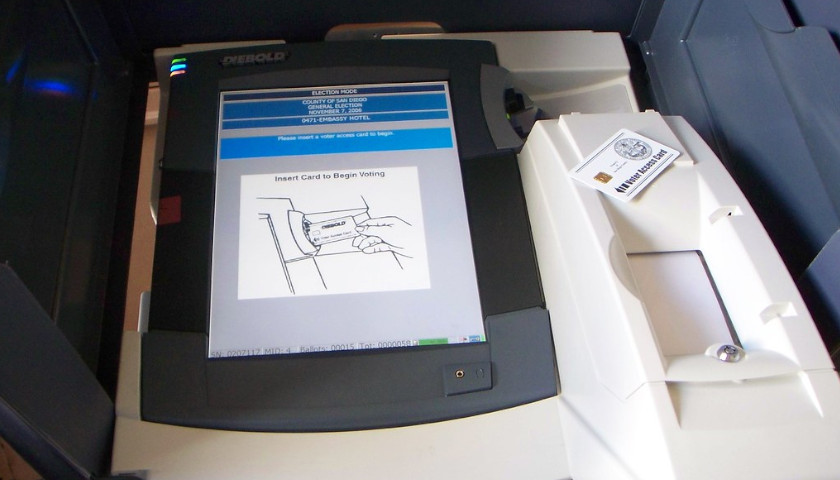by J.D. Davidson
Tax credits pulled a quarter million Ohioans out of poverty over the course of a year in 2018, according to a Columbus-based policy analysis group’s study.
Scioto Analysis called its study, which was released Tuesday and based on 2018 American Community Survey data, the most accurate picture of poverty in Ohio to date.
“The Ohio Poverty Measure draws on poverty measures in California, New York City, Oregon, Virginia, and Wisconsin that use American Community Survey data to assess the state of poverty and how safety net measures, taxes, and local cost of living effect them,” said Rob Moore, principal for Scioto Analysis and co-author of the study.
The study shows 9.7% of Ohioans were in poverty in 2018, and nearly 4% were in deep poverty. Also, 8% of white Ohioans live below the poverty threshold, but 23% of Black Ohioans were in poverty.
“The Official Poverty Measure is based on an outdated definition of poverty: the cost of food times three,” Moore said. “The Ohio Poverty Measure uses consumer spending as a baseline then makes adjustments based on local cost of living, taxes and transfer payments, and unavoidable expenses, providing the most accurate snapshot of poverty in Ohio to date.”
The report shows 13% of Ohio children and 8% of Ohio seniors living in poverty, while 10% of all Ohioans were at near poverty levels. However, without available tax credits, the analysis concluded the state’s poverty rate would be near 14%.
The federal earned income tax credit lifted 150,000 Ohioans out of poverty in 2018, while another 100,000 moved above the level thanks to the child and child care tax credits.
The report concluded the earned income tax credit was the most-effective program in terms of moving people out of poverty, followed by the SNAP program and all other tax credits. The least-effective program was free breakfast and free lunch programs.
The areas of the state that had the lowest poverty rates were Columbus suburban areas in northwest Franklin County and Delaware County, and the Twinsburg area in greater Akron. The Strongsville area in greater Cleveland also joined the group with a poverty rate of less than 4%.
The highest-poverty regions were in urban Cleveland, Toledo and Cincinnati with poverty rates higher than 20%.
– – –
J.D. Davidson is a veteran journalist with more than 30 years of experience in newspapers in Ohio, Georgia, Alabama and Texas. He has served as a reporter, editor, managing editor and publisher. He is a regional editor for The Center Square.








